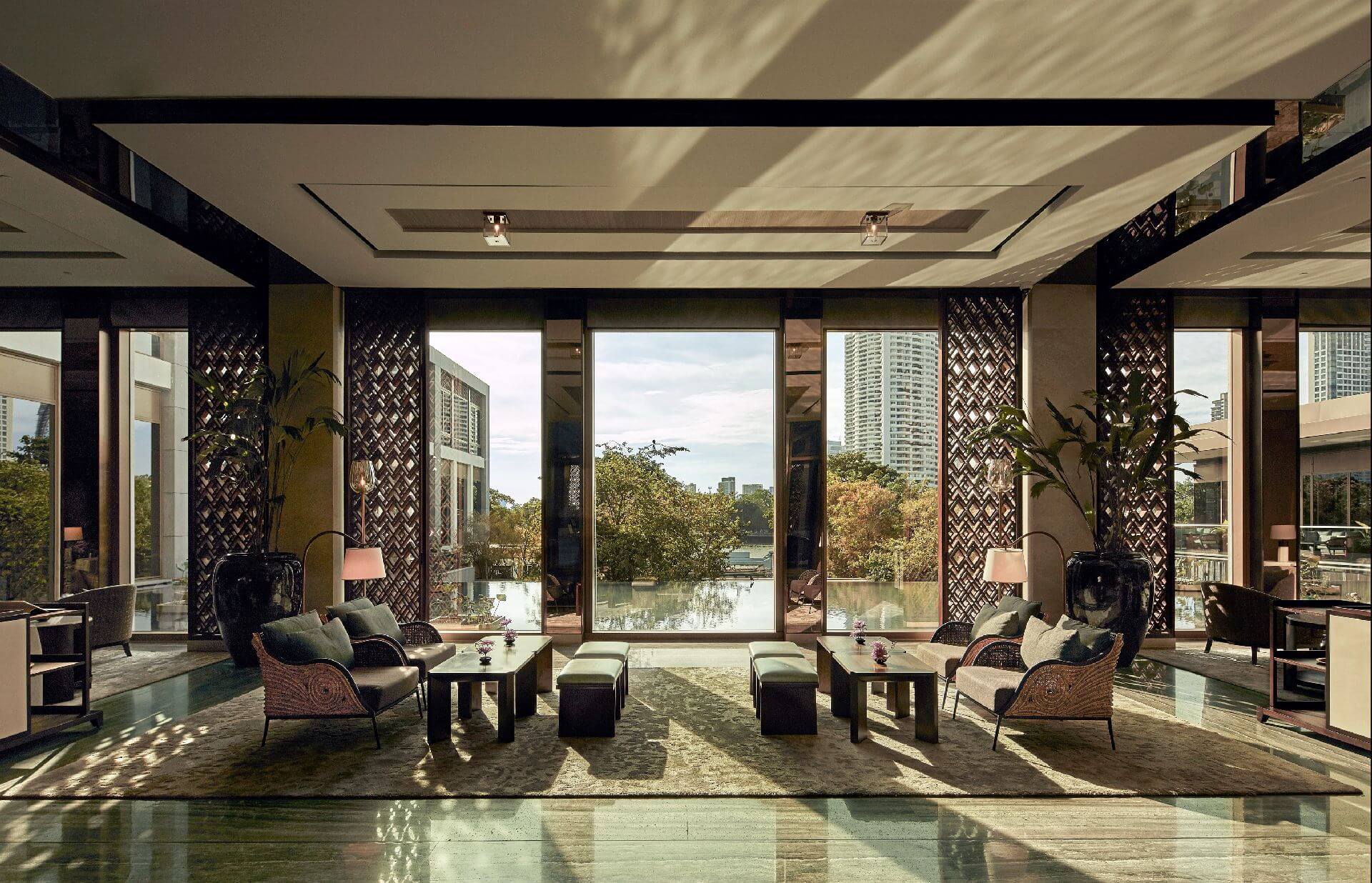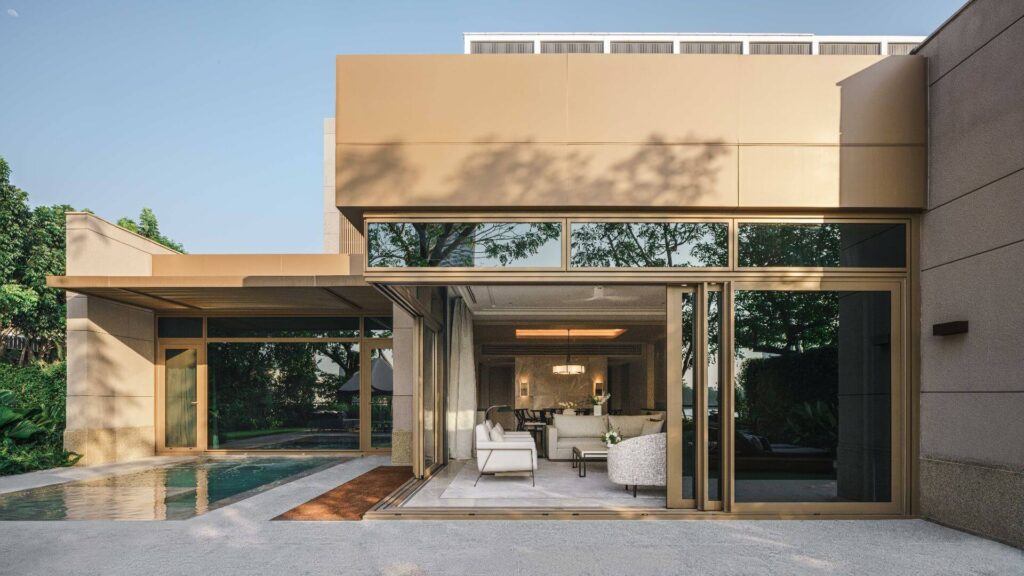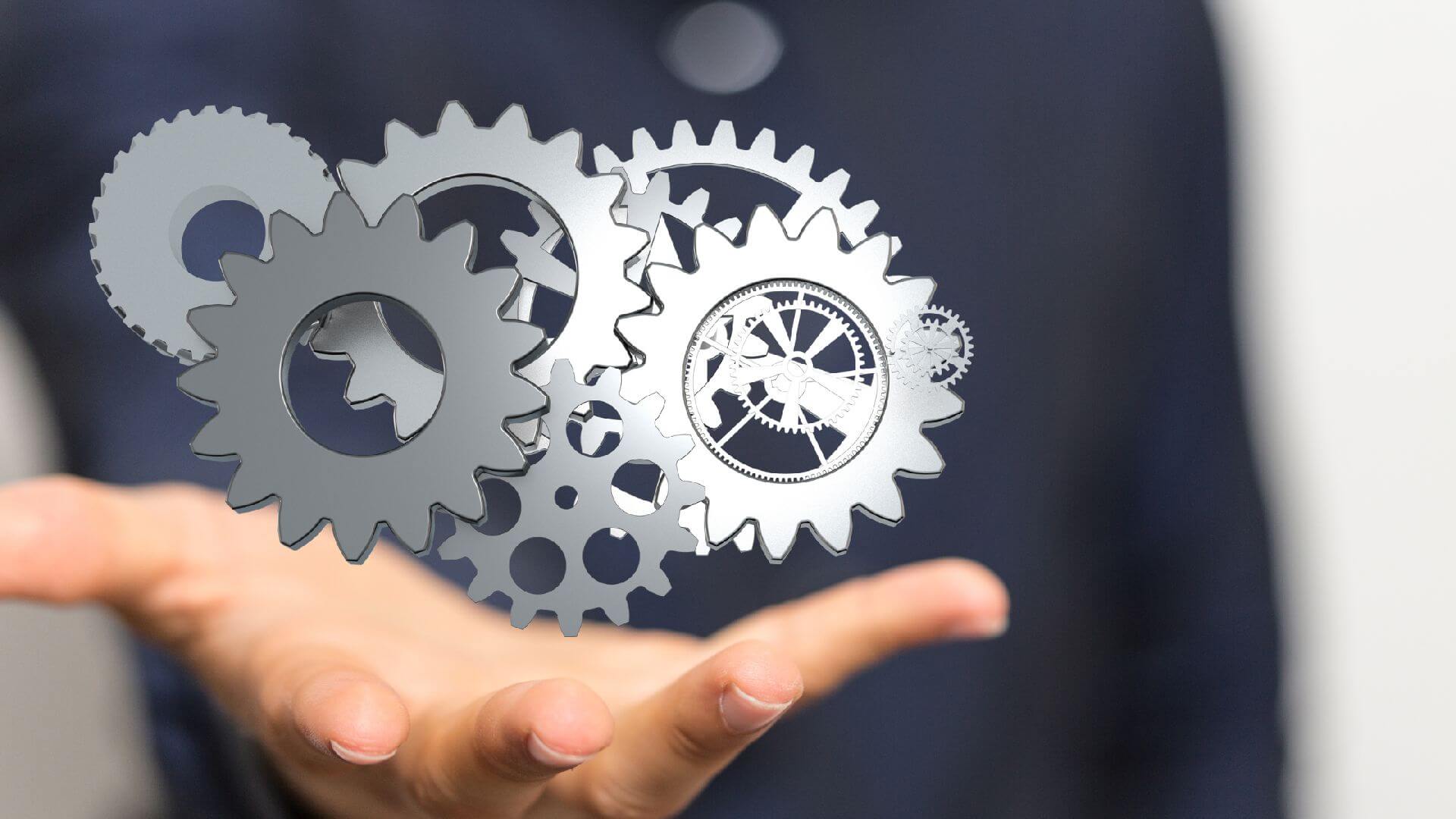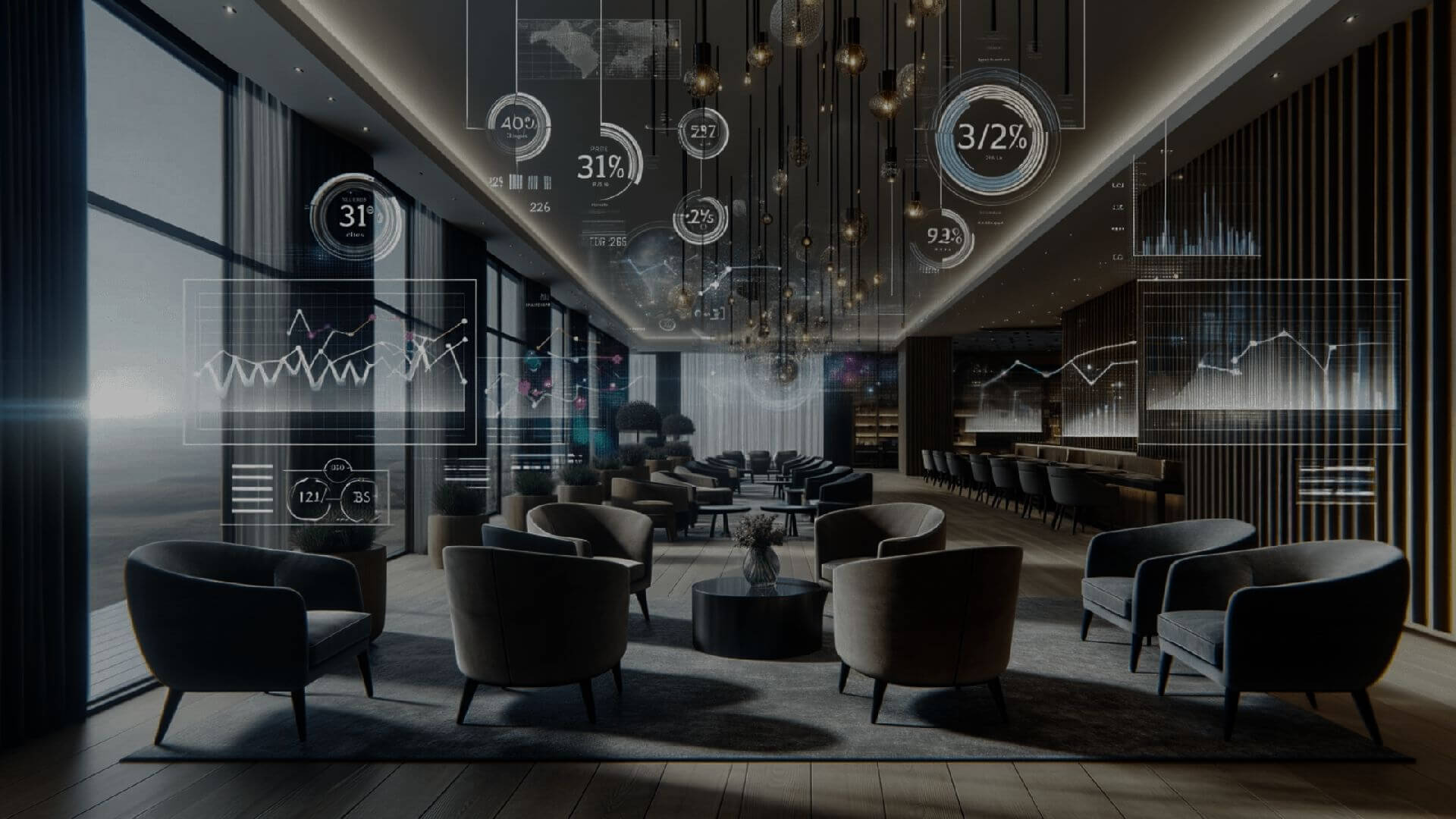The Modern Approach to Systems: Part 2
by Doug Radkey
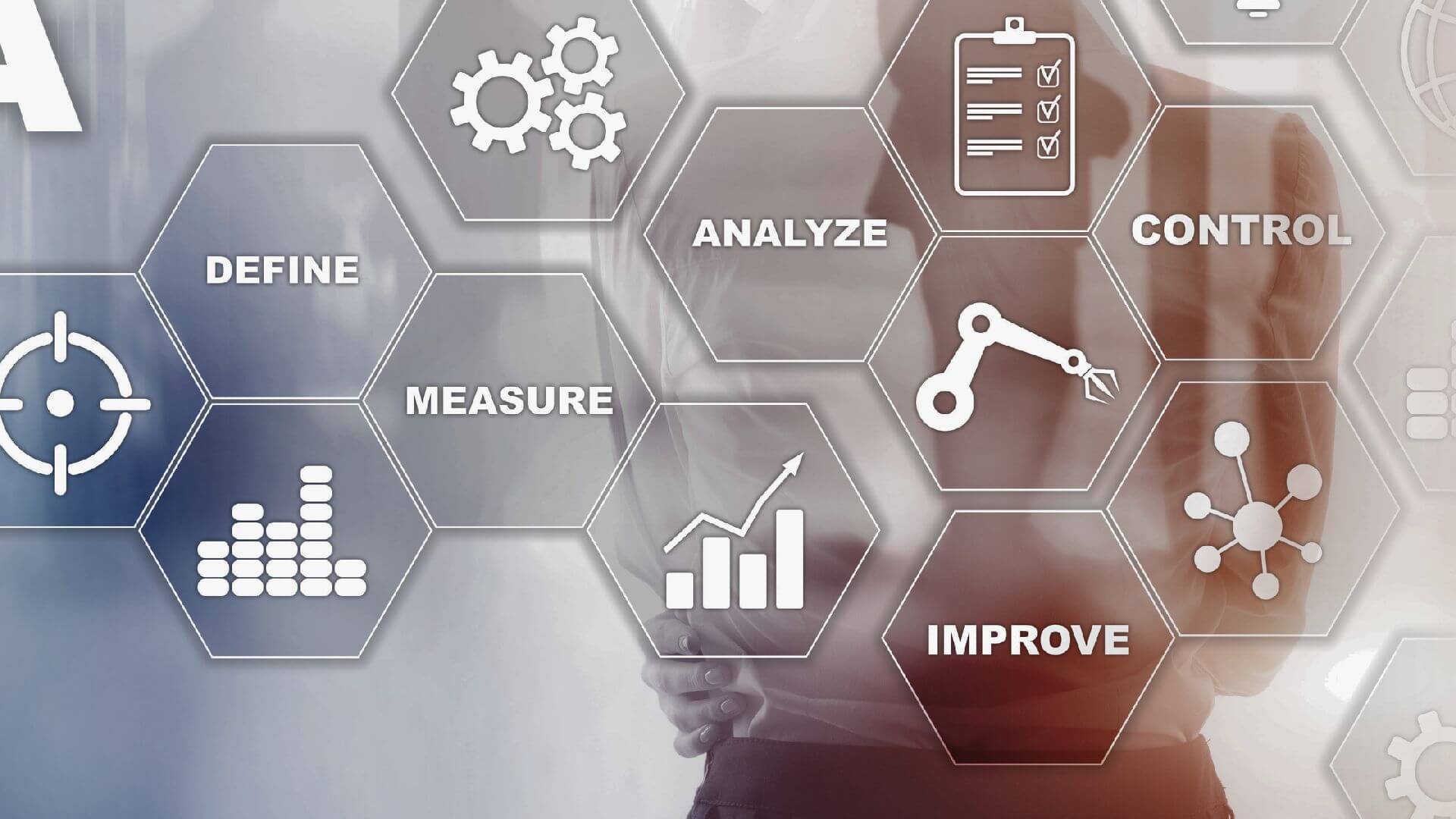
Six Sigma is a data-driven methodology that focuses on reducing variability and defects in processes to improve overall quality and efficiency.
The term “Six Sigma” refers to a statistical measure that indicates a process is nearly perfect, with only 3.4 defects per million opportunities. This is a methodology that aims to streamline operations, reduce waste, and enhance guest satisfaction by eliminating errors and inconsistencies systematically.
If you want to learn more about the Kaizen approach, please refer to part one of this series, in which we outline the definition and case-study use of Kaizen in bars, restaurants, and hotels.
Introduction to Six Sigma
The concept of Six Sigma was developed by Motorola in the 1980s as a means to improve manufacturing processes and product quality.
Its development was driven by the need to meet the increasingly stringent quality standards in the electronics industry. Motorola’s success with Six Sigma prompted other companies to adopt the methodology, most notably General Electric (GE).
Under the leadership of CEO Jack Welch, GE refined and expanded Six Sigma principles, applying them across various business units to achieve significant cost savings, and quality improvements. This broader application demonstrated the versatility of Six Sigma, making it relevant across industries beyond manufacturing.
The core concepts of Six Sigma revolve around a structured problem-solving framework known as DMAIC, and a strong emphasis on data-driven decision-making. These elements are crucial for identifying inefficiencies, implementing improvements, and sustaining high-quality outcomes.
Framework
The DMAIC framework is the backbone of the Six Sigma methodology, providing a systematic approach to process improvement.
It consists of five phases:
- Define: In this phase, the project team identifies the problem, defines the project scope, and sets specific goals. This includes understanding guest requirements and expectations, which are crucial for ensuring that improvements align with guests needs.
- Measure: The measure phase involves collecting data on the current process to establish a baseline. Key performance indicators (KPIs) are identified, and data collection methods are standardized to ensure accuracy and consistency. This phase is crucial for quantifying the extent of the problem, and providing a foundation for analysis.
- Analyze: In the analyze phase, the collected data is examined to identify root causes of defects or inefficiencies. Statistical analysis tools, such as regression analysis and hypothesis testing, are used to uncover correlations and patterns. This phase helps isolate the factors contributing to variability and defects.
- Improve: Based on the insights gained from the analysis, the project team develops and implements solutions to address the root causes. This phase may involve redesigning processes, implementing new technologies, or training staff. The goal is to reduce variability, eliminate defects, and enhance process efficiency.
- Control: The final phase focuses on sustaining the improvements made. Control measures are put in place to monitor the process, ensuring that changes are maintained, and that the process does not revert to its previous state. This may include implementing control charts, conducting regular audits, and setting up a response plan for any deviations.
Six Sigma’s emphasis on data-driven decision-making sets it apart from other quality improvement methodologies. By relying on empirical data and statistical analysis, Six Sigma users can make objective decisions based on facts rather than intuition.
Belt System
A unique aspect of Six Sigma is its structured certification system, represented by different belt levels, similar to martial arts.
These belts denote varying levels of expertise and responsibility in Six Sigma methodologies:
- Yellow Belt: Yellow Belts have a basic understanding of Six Sigma principles, and assist in data collection and process mapping within their work areas.
- Green Belt: Green Belts work on Six Sigma projects part-time while performing their regular job duties. They lead smaller projects, and support Black Belts in data analysis and project implementation.
- Black Belt: Black Belts are full-time Six Sigma professionals who lead major projects, mentor Green Belts, and drive process improvement initiatives. They possess advanced statistical analysis skills, and a deep understanding of Six Sigma methodologies.
- Master Black Belt: Master Black Belts are highly experienced Six Sigma experts who provide strategic direction, mentor Black Belts, and oversee large-scale improvement projects across the organization. They play a crucial role in developing Six Sigma strategies, and ensuring alignment with organizational goals.
- Champion: Champions are senior executives who sponsor Six Sigma projects, and ensure they align with the organization’s strategic objectives. They provide the necessary resources and support to ensure project success.
In summary, Six Sigma is a robust methodology focused on reducing variability and defects through a structured, data-driven approach.
The DMAIC framework guides project teams through problem identification, solution implementation, and control, ensuring sustainable improvements. The certification system, with its various belt levels, provides a clear path for professional development and project management within the Six Sigma framework.
As a result, Six Sigma has become an essential tool for organizations seeking to enhance quality, efficiency, and guest satisfaction.
Applying Six Sigma to the Industry
Through the use of data-driven techniques and structured problem-solving frameworks, Six Sigma helps hospitality businesses optimize processes, enhance quality, and deliver exceptional guest experiences.
Below, I explore the application of Six Sigma in bars, restaurants, and hotels, highlighting specific areas of improvement.
Six Sigma in Bars
Analyzing Beverage Preparation Times: Six Sigma methodologies can be used to analyze the time taken to prepare various drinks, identify bottlenecks, and streamline processes. By collecting data on preparation times and using tools like time-motion studies, bars can pinpoint inefficiencies in their workflow. For instance, rearranging the bar layout, standardizing drink recipes, or optimizing the order in which ingredients are prepared can reduce preparation times. The reduction in prep time leads to faster service, happier guests, and more profits.
Reducing Waste and Improving Inventory Management: Six Sigma tools such as a root-cause analysis can help identify common sources of waste, such as over-pouring, spoilage, or theft. Bars can maintain accurate stock levels, reduce over-ordering, and minimize losses through the implementation of standardized inventory tracking systems, and the conducting of regular audits. Additionally, Six Sigma’s emphasis on data analysis can guide purchasing decisions, ensuring that inventory is aligned with actual demand.
Enhancing Guest Service: Six Sigma can be used to develop and implement comprehensive training programs that cover all aspects of service, from drink preparation to guest interaction. Bars can ensure that all employees provide a uniform level of service by setting clear performance standards, and evaluating staff regularly against this set of criteria. This consistency not only enhances the experience but also strengthens your brand’s overall equity.
Six Sigma in Restaurants
Improving Order Accuracy and Reducing Wait Times: Six Sigma methodologies can optimize the entire order-to-delivery process, from taking orders to serving food. Process mapping and flowcharts can identify potential errors or delays in the process, such as miscommunication between front-of-house and kitchen team. Implementing technology solutions such as digital ordering systems or kitchen display screens (KDS) can reduce these errors, and streamline communication. Additionally, Six Sigma’s data-driven approach can help restaurants analyze peak times and adjust staffing levels accordingly, reducing wait times and improving service efficiency.
Implementing Quality Control Measures: Six Sigma can establish quality control measures for food preparation and presentation, ensuring that each dish meets established standards. This includes defining portion sizes, cooking temperatures, and plating guidelines. Regular quality checks and guest feedback can help maintain these standards and identify areas for improvement. By reducing variability in food quality, restaurants can enhance guest satisfaction, and build a more loyal base of targeted guests.
Six Sigma in Hotels
Reducing Check-In/Check-Out Times: Six Sigma can optimize these procedures by analyzing data on check-in/check-out times, and identifying factors that cause delays. For instance, complex booking systems, insufficient staffing, or lengthy verification processes can all contribute to longer wait times. Streamlining these procedures, such as implementing mobile check-in options or express check-out services, can reduce wait times, and enhance the overall guest experience.
Enhancing Guest Satisfaction: Six Sigma can help establish and maintain high standards for room cleaning and upkeep. This involves defining cleaning protocols, setting time standards for housekeeping tasks, and inspecting rooms regularly for quality assurance. By using control charts and other Six Sigma tools, hotels can monitor the consistency of their housekeeping services, and address any deviations quickly. This attention to detail ensures that guests receive a high level of service consistently, contributing to positive reviews and repeat business.
Analyzing and Reducing Service Errors and Complaints: Service errors and complaints can impact a hotel’s reputation and guest satisfaction negatively. Six Sigma can help hotel operators analyze service errors systematically, including incorrect billing, room assignment issues, or poor guest services. Hotels can implement targeted improvements to prevent future occurrences by categorizing complaints, and identifying their root causes. This might include additional staff training, process adjustments, or technology upgrades. Addressing service issues proactively allows hotels to enhance the overall guest experience, and reduce the likelihood of negative reviews.
In conclusion, Six Sigma provides a structured and data-driven approach to improving operations in the hospitality industry. Whether in bars, restaurants, or hotels, this methodology helps businesses streamline processes, reduce variability, and deliver high-quality experiences to their customers.
Hospitality businesses can achieve operational excellence—and gain a competitive edge in a dynamic and demanding market—by embracing and implementing Six Sigma.
Benefits of a Systematic Approach
While Six Sigma and Kaizen are distinct methodologies with unique strengths, combining these approaches can provide a comprehensive framework for achieving operational excellence in the hospitality industry.
Together, they offer a balanced focus on both long-term strategic improvements and continuous, incremental changes, addressing various aspects of business operations.
Here, I explore how these methodologies can be integrated, and the benefits of leveraging both to enhance your brand’s performance.
How to Integrate Six Sigma and Kaizen
- Six Sigma: Focuses primarily on identifying and eliminating defects, reducing variability, and optimizing processes through a structured, data-driven approach. It is particularly effective for tackling complex, high-impact issues that require deep statistical analysis and root-cause identification.
- Kaizen: Emphasizes continuous improvement through small, incremental changes. It encourages a culture of employee involvement and teamwork, focusing on making everyday processes more efficient and effective.
Sequential Implementation
Start with Six Sigma to address critical issues, and achieve significant breakthroughs in process efficiency and quality. The DMAIC framework can be used to tackle complex problems, ensuring that major defects and inefficiencies are identified, and resolved.
Follow up with Kaizen to maintain the momentum of improvement. Once the significant issues are addressed, Kaizen can help sustain the gains by fostering a culture of continuous improvement.
This approach ensures that even minor inefficiencies are regularly identified and addressed.
Parallel Application
In some cases, Six Sigma and Kaizen can be applied simultaneously to different areas of the business.
For instance, Six Sigma can be used to optimize high-priority processes such as inventory management and order accuracy, while Kaizen initiatives focus on enhancing guest services and staff engagement.
Comprehensive Improvement
By combining Six Sigma’s analytical rigor with Kaizen’s focus on incremental change, your hospitality business can achieve comprehensive improvement(s).
Six Sigma addresses large-scale, systemic issues, while Kaizen ensures that smaller, day-to-day improvements are made consistently. This dual approach covers a wide spectrum of operational challenges, leading to more holistic development.
Enhanced Employee Engagement
Kaizen’s emphasis on involving all employees in the improvement process complements Six Sigma’s structured project management approach at the leadership level. This combination fosters a sense of ownership and accountability among staff at all levels.
Employees are encouraged to contribute ideas and solutions, creating a more inclusive and engaged workforce. The involvement of employees in both large-scale Six Sigma projects and smaller Kaizen initiatives ensures that everyone is invested in the organization’s success.
Flexibility and Adaptability
The integration of Six Sigma and Kaizen allows businesses to be more flexible and adaptable. Six Sigma provides a robust framework for addressing well-defined, complex problems, while Kaizen offers a more flexible, grassroots approach to managing change.
This adaptability is crucial in the hospitality industry, where market conditions and guest expectations can change rapidly. Businesses can respond more effectively to new challenges and opportunities by using both methods.
Balanced Approach to Cost and Efficiency
Six Sigma’s focus on reducing defects and variability often leads to cost savings through improved efficiency, and reduced waste. Kaizen, on the other hand, emphasizes optimizing everyday processes, which can lead to incremental cost reductions and efficiency gains.
Together, they provide a balanced approach to cost management, ensuring that both significant and minor inefficiencies are addressed.
To the Future
As the hospitality industry continues to evolve, the future of systematic approaches like Six Sigma and Kaizen holds promising potential for further innovations and advancements.
With the increasing integration of technology, such as AI-driven analytics and automation, these methodologies are set to become even more powerful tools for optimizing operations, and enhancing guest experiences. The future will likely see more sophisticated data analytics capabilities, enabling real-time decision-making and predictive insights that can address issues preemptively, before they impact guests.
Additionally, the focus on sustainability and ethical business practices will drive the development of new strategies that not only improve efficiency but also reduce environmental impact.
Moreover, the rise of remote work and digital collaboration tools for larger hospitality groups and portfolios will make it easier for global teams to implement and sustain these systematic approaches, regardless of geographical location. This shift will further democratize access to best practices, allowing even smaller hospitality businesses to compete on a larger scale by adopting proven methodologies.
Simplify the Journey
In light of these advancements, we encourage hospitality businesses to embrace Six Sigma and Kaizen as integral parts of their operational strategy.
Adopting these methodologies helps businesses to improve processes, reduce costs, and enhance the quality of service systematically. This not only leads to immediate benefits, such as increased guest satisfaction and loyalty, but also positions businesses for long-term success in a dynamic and competitive market.
The journey toward operational excellence is continuous, and the integration of these systematic approaches can be a game-changer. As the industry moves forward, those who invest in these methodologies will be better equipped to adapt to new challenges, and seize emerging opportunities.
We urge hospitality businesses to take action now, leveraging Six Sigma and Kaizen to build a resilient, efficient, and guest-focused operation that stands the test of time.
Image: DALL-E

Looking to Start, Stabilize, or Scale? Book Below to Setup a 60-Minute Result-Driven Impact Session.






